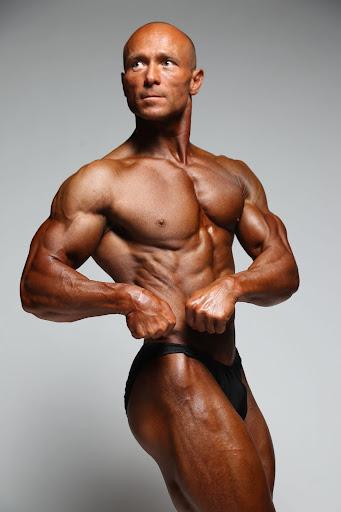

Many fitness enthusiasts follow a pretty predictable schedule. They will stick to the basics every week and hit arms, shoulders, chest, abs, back, and legs.
It should be noted that there is nothing wrong with this type of gym regimen.
However, if you’re someone wanting to achieve more defined forearms, you’re going to need to focus on a more specialized type of training program.
Take a look at Arnold Schwarzenegger, one of the greatest fitness icons. He is the epitome of fitness with his fantastic physique and specialized training.
This article explains why you need to train your forearms and shares some top-rated workouts for intense muscle activation.
The importance of forearm workouts
Forearms are essential for many pull and push workouts. You need them for deadlifts, push-ups, pull-ups, rows, and more!
Adrian Petriariu @adrianironman
If you are incapable of mastering adequate forearm muscle activation, the quality of many workouts becomes compromised.
Solid forearms facilitate a firmer grip and tight clenching grips for everyday workouts.
Therefore, weak forearms can be the weak link for subpar gym endurance and performance. This is because grounded forearms lead to a better grip with more muscles creating a compressing clutch during exercises. When your forearms or wrists are weak and underdeveloped, these muscles might be the first to wear out and be fatigued when performing exercises like push-ups.”
When doing chin-ups, forearm muscles are usually the first to burn. This means that they play a crucial role in maintaining your grip apart from generating some of the lifting force.
Another concern many of you may have is – are forearm workouts push or pull?
Mainly, forearm workouts are pull routines. Thus, these workouts emphasize concentric muscle contraction: muscles shorten when engaged and bring the weight toward the body.
So, without saying, weak forearms will quickly give way mid-rep, biting a huge chunk off your performance!
Basic Forearm Muscle Structure
Before we dive deeper, let us take a look at the fundamental structure of the forearm.
First, the forearm is divided into an anterior or flexor compartment and a posterior or extensor compartment.
The anterior compartment is necessary for wrist and finger flexion and twisting forearm movement. Additionally, it is bundled into three muscle spaces; superficial, intermediate, and deep.
On the other hand, the posterior plane facilitates wrist and finger extension and only has superficial and deep layers.
All in all, there are 20 or so muscles concerned with the forearm and wrist movement. Quite a number but there are just a handful to know:
1. Flexor carpi radialis
Flexor carpi radialis runs from the elbow medially to the base of the 2nd metacarpal. Its contraction facilitates flexion and abduction of the wrist.
2. Flexor carpi ulnaris
Originates from behind the elbow and runs along the forearm, attaching on before attaching to the wrist joint medially. When it contracts, it causes flexion and adduction of the wrist.
3. Extensor carpi radialis
It runs behind the forearm and has two heads of insertion – one on the 2nd metacarpal and the other on the 3rd. Contraction results in extension and abduction of the wrist.
4. Extensor carpi ulnaris
It runs a similar path as extensor carpi radialis and causes flexion and adduction at the wrist joint.
5. Brachioradialis
Arises medially on the elbow and inserts on the radius. Alongside other forearm muscles, contraction results in rotation of the forearm along its axis (pronation).
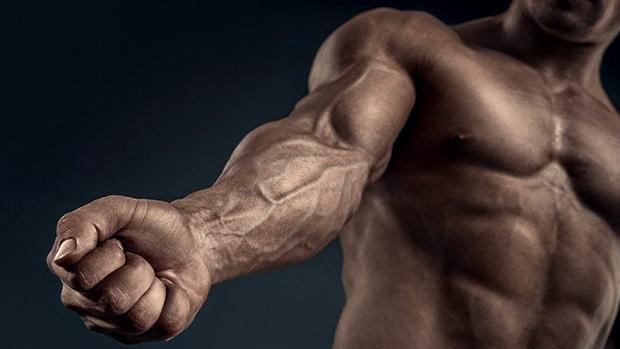
7 Top-Rated Forearm Exercises
The most pivotal point to weight lifting is optimizing your routine to your objectives. It would help if you created a schedule that is in touch with your long-term goals. Otherwise, the risk of failure gets higher.
So while we’ll go through several effective forearm workouts featuring diverse push and pull movements, only pick what works best for you.
No full-body workout is complete without forearm workouts. So, experiment and incorporate some of these movements the next time you work out for optimal results.
1. Behind-the-back barbell wrist curl
People always look for ways to avoid this workout but look no further than behind-the-back barbell wrist curls if you want to build thick forearms and thin wrists.
Though it was typically a strongman reserve, many people rely on it to build forearm strength effectively, especially wrist flexors.
While there are slight variations, the same concept cuts across. Also, start light while you build endurance toward a higher rep count.
How it’s done:
- Set up the barbell ensemble and position it knee-high on a rack. Stand facing away from it, bend and grab it with an underhand shoulder-width grip.
- Hinge upwards and let the bar rest on your fingers. Afterward, flex and extend your wrists. That’s one rep, so repeat to your targeted number of reps.
2. Crab walk
The crab walk is an all-rounder. A spot-on technique also strengthens your core, back, legs, and forearms. Therefore, it can be an ideal workout when you don’t have additional equipment other than fitness gear.
However, from our experience, learning the crab walk isn’t easy for some. So, because the position will need some getting used to at first, following these tips will help you straighten things out.
How it’s done
- Start from the seated position on the floor, palms flat and pointed forward behind you and feet shoulder-width apart.
- Contract your core and thigh to lift your body off the floor.
- Coordinate hand and foot movement. Start with the left foot and right hand, then follow the opposite sides. Move as far forward as possible while maintaining your balance – ideally 12 to 15 meters.
- Pause, and repeat the same motion in the opposite direction.
Over time, crab walking will improve your balance and coordination in your daily routine.
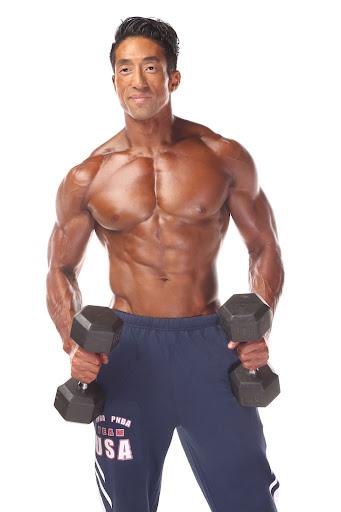
Jon Tsui @pnbapro_jontsui
3. Farmer’s walk
The farmer’s walk is a simple yet effective strength and bulking workout. Basically, you grab a heavy load – like a dumbbell or kettlebell – in each hand and walk.
While it was initially famous among strongmen and women, more athletes and recreational builders utilize it for its wide range of benefits.
How it’s done
- Grab appropriately heavy dumbbells in each hand with arms beside your body. Stand tall, straight, and with squared shoulders.
- Walk following a straight path ahead of you to the desired number of steps. Stop and get a breather before repeating for the designated number of sets.
Pro tip – don’t be in a rush to lift loads heavier than your current form will sustain. Instead, start light and aim for consistent improvement.
4. Plate pinch
Among the most underrated arm workout is the plate pinch! So, what makes the plate pinch unique?
First, it is excellent for isolating flexors and extensors at the wrist. Essentially, these are the muscles that are engaged when forming a pinch.
Second, you don’t need too much of a heavy load to feel the burn – the more time under tension, the deeper the activation.
Ultimately, let this workout come at the end of your activities so that you don’t have a weak and compromised grip.
That said, here’s how the plate pinch is executed.
How it’s done
- Use two evenly-weighted plates. Initially, use 5 to 15-pound plates as you work your way up.
- Hold a place with each hand and stand upright. Maintain your grip for as long as possible or for 20 to 30 seconds.
- Pause briefly and repeat to the desired number of reps.
One mistake to avoid is dropping the plate as you fatigue. The plate will likely smack your toes, leading to injuries that could’ve been avoided. Instead, bend your knees and put the plates gently on the floor.
5. Reverse cable curls
The reverse cable curl is a popular exercise in the gym that equally works chest and arm muscles. It is, therefore, a favorite because it enhances a V-shaped physique.
And if you don’t pack massive forearms like John Cena, this is the ideal cable workout.
How it’s done
- Stand in front of a cable machine, feet shoulder-width apart. Grab the bar with arms extended and placed by your thighs.
- Flex the elbows to raise the bar to your chest. Contract upper arm muscles as you lower the bar to the initial position.
- Pause for a couple of seconds and repeat to complete a set.
6. Three-way chin-up hold
Three-way chin-up holds are not as intimidating as they sound. Be warned, however, that this exercise is not for the faint at heart – you will get sore, quick!
At first, the basic movement can seem daunting. Instead of throwing in the towel, take time to practice, and you will nurse big forearms and small wrists in no time.
So, if you’re ready, here’s how to get big forearm muscles using the three-way chin-up hold:
How it’s done
- Get positioned on a pull-up bar and push up till the bar touches your chest. Hold this position for at least ten or more seconds.
- In a controlled descent, lower until elbows are slightly higher than 90-degrees and hold for at least 10 seconds.
- Finally, lower until elbows are almost fully extended and hold for at least 10 seconds.
- Gradually lower until elbows fully lock and finish. Take a breather and repeat for a complete set.
7. Zottman curls
We previously covered full-body dumbbell workouts and demonstrated how impeccable they activate muscle fibers down to the last thread. Dumbbell-centric movements are ideal because you don’t need tons of equipment to execute.
One great routine for your upper arm is the dumbbell curl. So, if you can nail the proper form, Zottman curls will be a breeze.
The Zottman curl is identical to dumbbell curls but with a twist. At the peak of the concentric phase, you twist your wrists to activate your forearm muscles.
How to do it
- Grab a pair of dumbbells by your side with palms facing upward. Flex your elbow to bring the weights to your shoulders.
- At the top of the movement, rotate your wrists to face your palms. Pause and lower the dumbbells to the starting position.
- Ensure a gradual descent so that you don’t lower the weights too quickly. When close to your thighs, return to the starting position and repeat the movement.
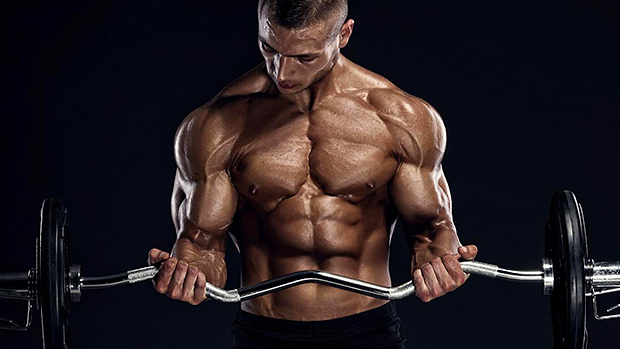
How To Get Big Forearms
Regardless of your fitness level, your goals are within reach only if you dedicate yourself to training and learning the proper technique. Combined with the right full-body workout, these forearm workouts should thicken your forearm.
However, results will only be optimal with the proper diet. Revamp your diet and only use recommended and safe supplements, and you will nurture a competitive body.















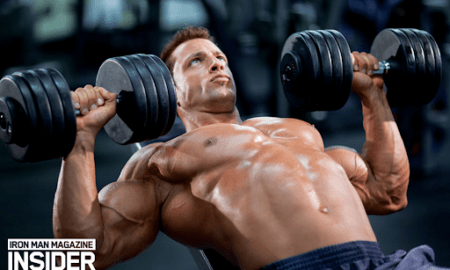
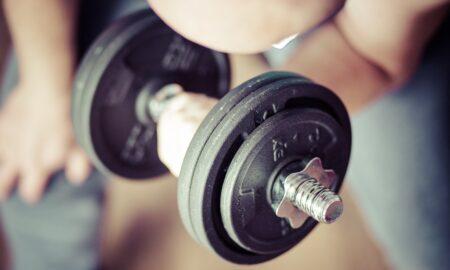
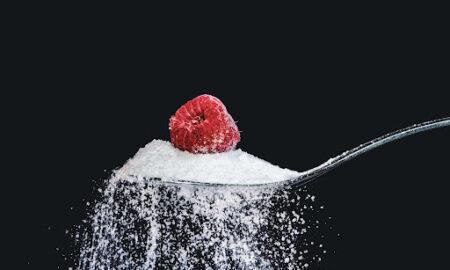
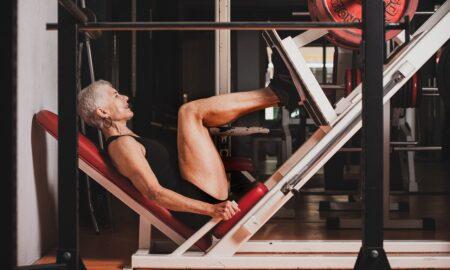

You must be logged in to post a comment Login